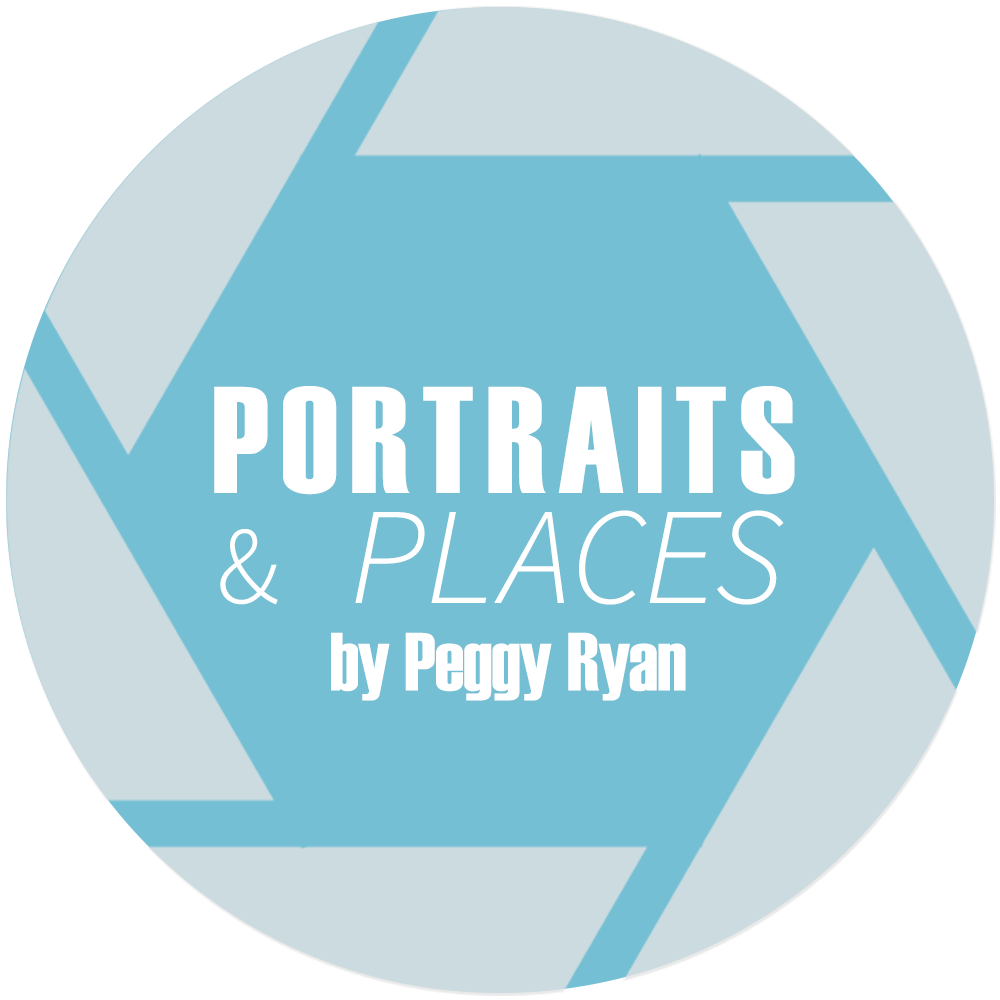My mother gave me perhaps the best photography advice I’ve ever received: “When you see everyone taking a photo in one direction, turn around and shoot in the opposite direction.” She gave me that advice for a wedding I was about to photograph. But my mother had become my photography teacher long before when we first started wandering the streets of Mexicali, Mexico together in the 1980s.

We had fairly recently relocated to El Centro, California by way of Bloomington, Indiana, where my mother had gotten her master’s in photography. She was eager to keep practicing her craft, and the urban capital of Baja California, Mexico, just a few miles away across the border, was the perfect opportunity. It was an ideal setting for her to work on her hip shot photography, a technique in street photography where you “shoot from the hip” instead of putting the camera to your eye and alerting your subjects that you are taking a photo. Many of the famous street photographers at the time were known for their work in urban areas of the United States and Europe, but not so much in Mexico.

I was very young at the time, around six, and neither my mother nor I spoke any Spanish. We would wander the streets of Mexicali in the daytime, me eying the many window displays we passed, hoping my mom would buy me a little gift in exchange for cooperating with our long walks, and my mother busily focusing on the often chaotic environment around us as she took her photos covertly. We crossed back and forth over the border on foot, lucky to have the privilege of our United States citizenship to cross with relative ease, and the assumed lack of threat or culpability of a young white American mother and her child were also on our side.
It was meant to be that we were able to cross so easily into this city that was so close yet so different, because the work my mother did was very unusual at the time – and is now unusual again for different reasons – telling stories of the lives of citizens of Mexicali that had not often been told to a U.S. audience. Some days she’d also lug her large format camera across the border and wander into neighborhoods where my mother would charm her way into people’s homes and take their portraits. I would wait for her outside, and the children would try to talk to me, and then tease me when they realized I didn’t speak Spanish.
When I look back on our mother-daughter adventures with ten years of solo travel under my belt, it dawns on me that those formative trips to Mexicali have probably affected my approach and passion for travel and photography more than I ever realized. Following in the spirit of my mother and her hip shot photography, my camera amplifies my curiosity about my environment, encouraging me to be content wandering a city instead of checking off a bucket list, and being drawn in not only by the buildings, art, and views that I pass, but also by the people around them and how they are interacting with each other in these spaces. I am so grateful to have had this rare opportunity as an American to acclimate to being comfortable outside of the U.S. at a young age, a gift that has supported me time and time again.

A great benefit of these uncertain times, where travel and exploration are indefinitely on hold, is the opportunity for artists to work on their craft and organize previous works. My mother has happily embraced new technologies, and you can view her work on Flickr by clicking here or on the images above. I’ve embraced a platform that is photographer-friendly called Steller, and have recently put together a collection of some of my favorite street photos in Italy.

But my love of street photography isn’t just limited to my own work – I take great joy in taking in an exhibit or a book of street photography. Unlike other forms of art where composition can be a dominant element of the work, street photography’s dominant element is often storytelling. I love seeing a street photographer’s photo for the first time that appears, at first glance, forgettable, which is an alert for me that there’s a really good story there for the finding. And then I take the time to figure out what story the photographer found in this photo, and what story it is telling me. They often aren’t the same story, which is beautiful. Some of the most memorable street photography exhibitions I’ve seen have been at Fotografiska (The Swedish Museum of Photography), in Stockholm. But there is also a wonderful photography museum in my home base, the Museum of Photographic Arts, in San Diego, that exhibits incredible work.

I wrote this article this week because the art of street photography is partially supported by the belief that everyone has a story to tell, so there are infinite quantities of stories to be found in every person we see when we are walking on the street. In this period of tumultuousness and disconnectedness, embracing an art like street photography and the idea that strangers, friends, and perceived enemies alike have an important story to tell, is a way that art can help bring us back together. I hope you’ll take some time to give some street photos a longer look. And maybe even give it a try yourself, when the time is right. Sometimes, shooting from the hip can be a good thing!






































































